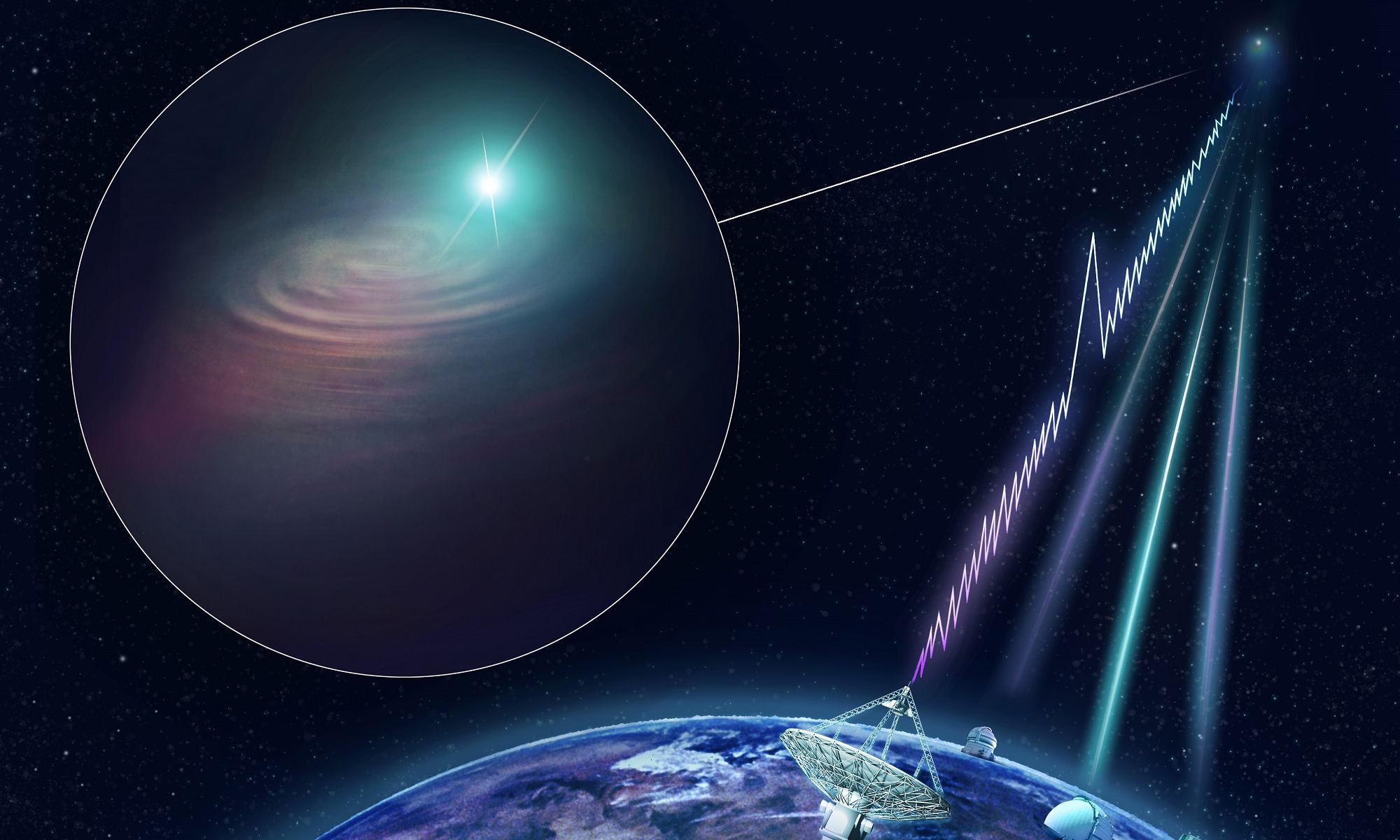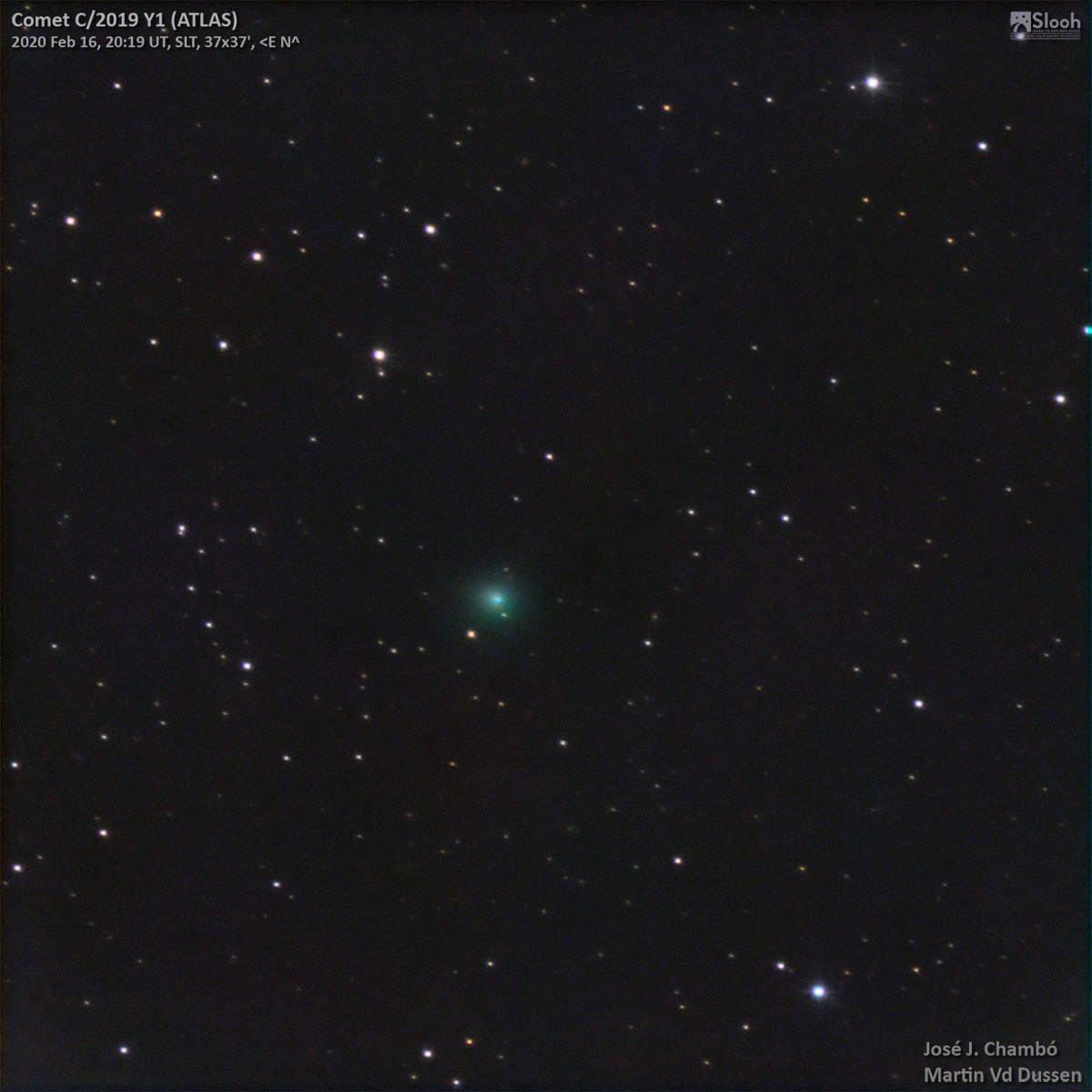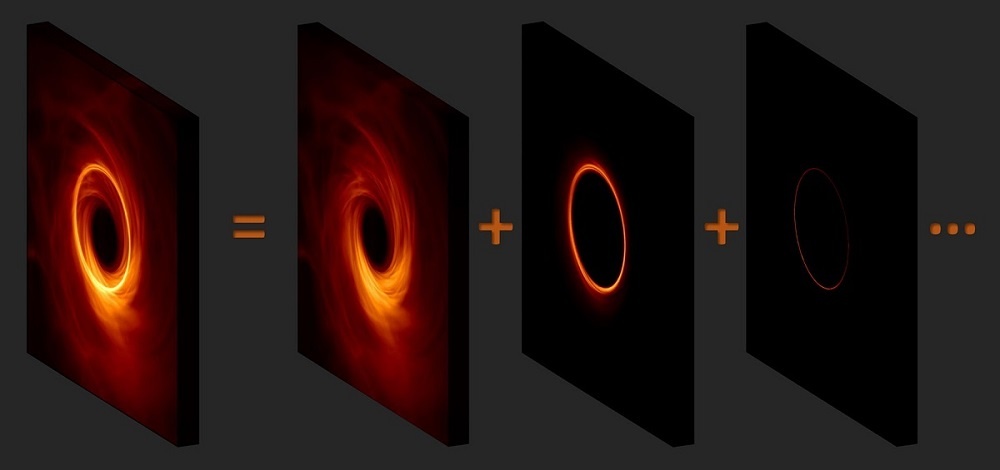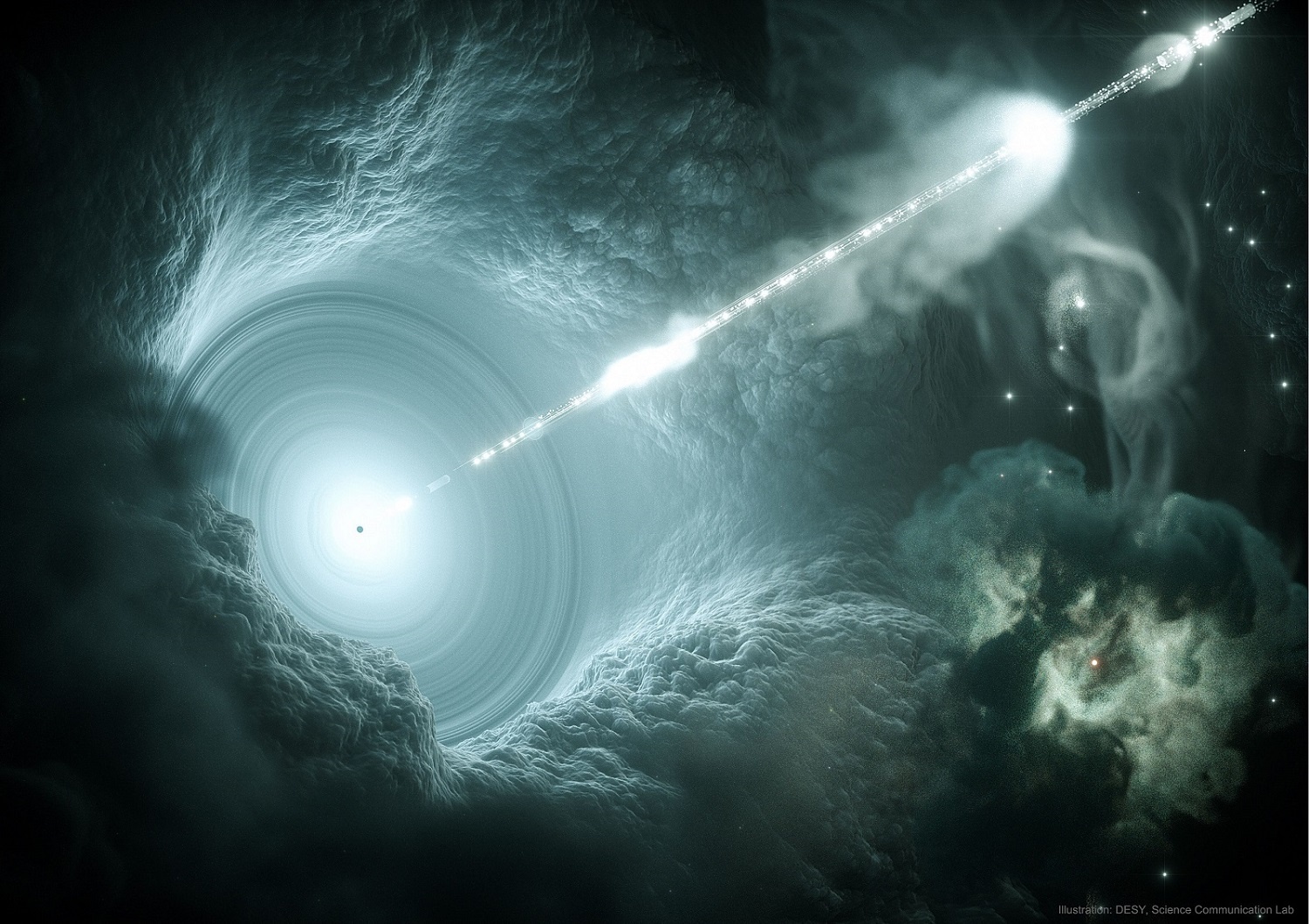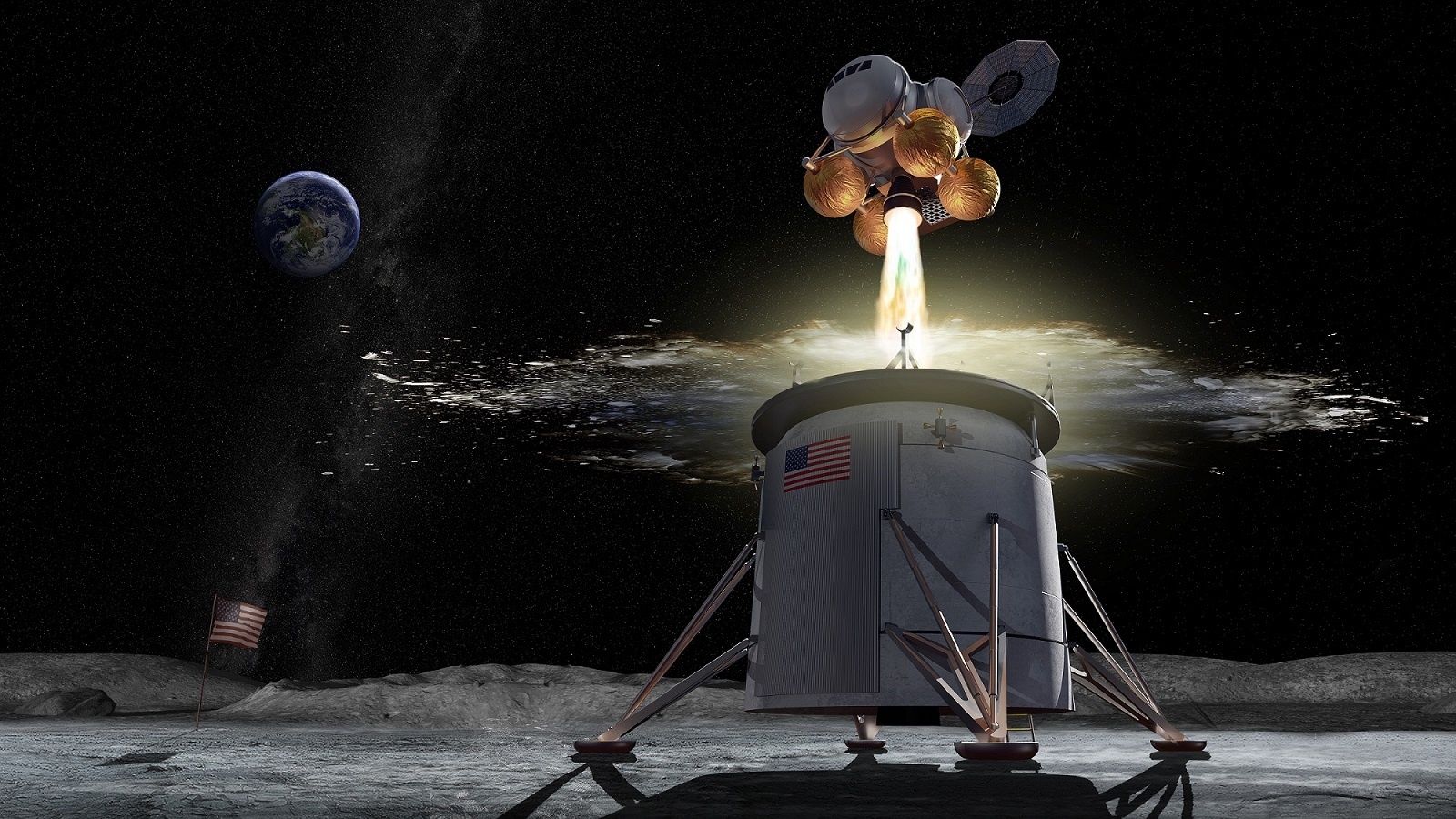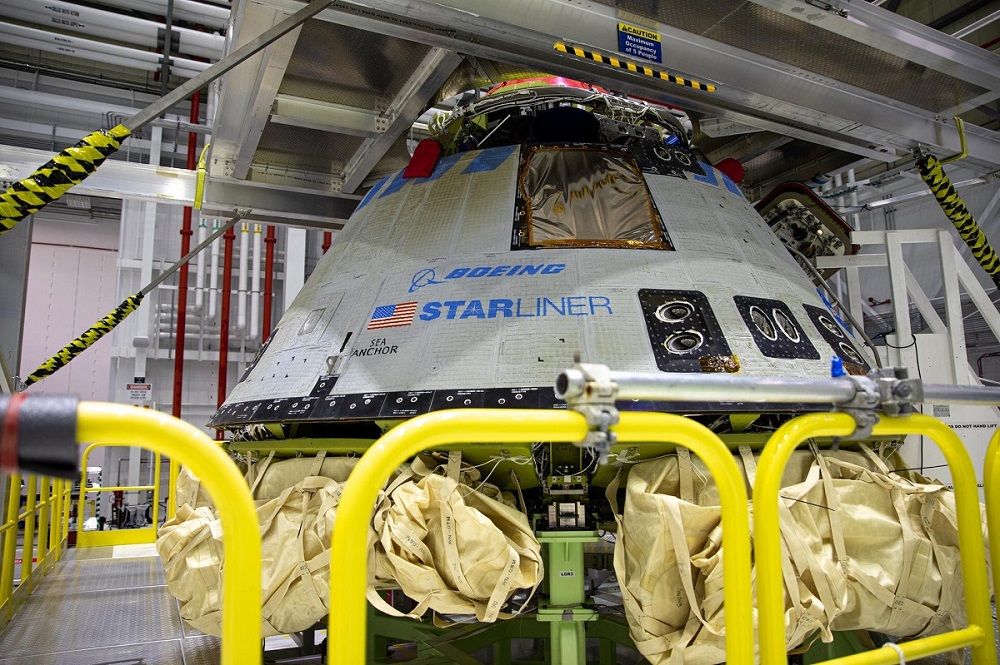In September of 2017, the Canadian Hydrogen Intensity Mapping Experiment (CHIME) in British Columbia commenced operations, looking for signs of Fast Radio Bursts (FRBs) in our Universe. These rare, brief, and energetic flashes from beyond our galaxy have been a mystery ever since the first was observed a little over a decade ago. Of particular interest are the ones that have been found to repeat, which are even rarer.
Before CHIME began collecting light from the cosmos, astronomers knew of only thirty FRBs. But thanks to CHIME’s sophisticated array of antennas and parabolic mirrors (which are especially sensitive to FRBs) that number has grown to close to 700 (which includes 20 repeaters). According to a new study led by CHIME researchers, this robust number of detections allows for new insights into what causes them.
Continue reading “Even More Repeating Fast Radio Bursts Discovered”
